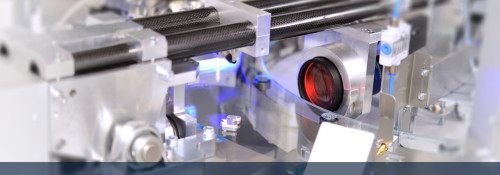
- Home
- Company
- Vision Inspection Systems
- Printing Plate Automation
- Service
- Careers
- Job offers
- Vertriebsingenieur (m/w/d) für Industrial Vision Automation
- Inside Sales Engineer (m/w/d) Industrial Vision Automation
- Entwicklungsingenieur/Techniker (m/w/d) in der Konstruktion
- Mechatroniker/Industriemechaniker (m/w/d) zur Mitarbeit und als Ausbilder
- Inbetriebnahmemonteur / Techniker (m/w/d)
- Mechatroniker (m/w/d)
- Servicetechniker (m/w/d) im Außendienst
- Training at Nela
- Job offers
- News







